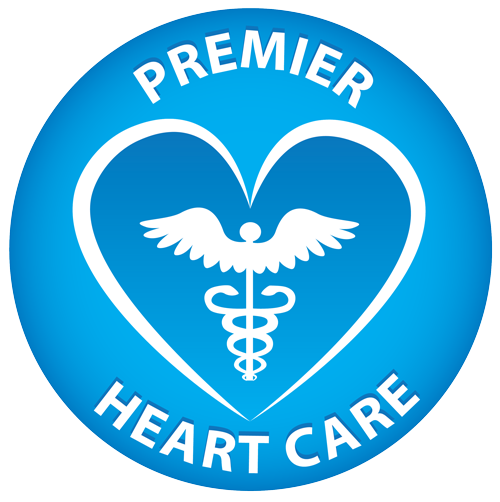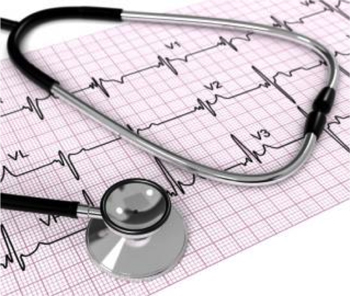
Electrocardiogram (ECG)
Based on the clinical evaluation the cardiologist may request certain cardiac investigations to confirm the diagnosis and select the most appropriate form of therapy. Most non-invasive cardiology procedures are performed in the office outpatient setting. Patients may also be referred directly for these investigations without a cardiology consultation.
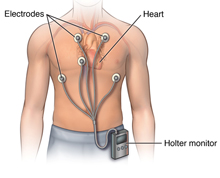 24 hr ECG Holter Monitor |
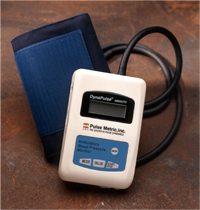 24 hr Ambulatory |
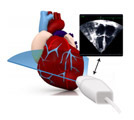 Echocardiogram (Echo) |
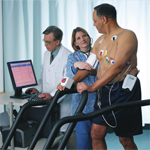 Exercise Stress Test |
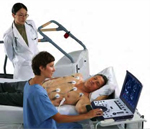 Exercise Stress Echo |
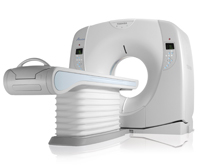 Cardiac CT |
- Electrocardiogram (ECG): Records the heart’s electrical activity. ·
- 24 hr ECG Holter Monitor: Detects abnormal heart rhythms in a 24 hour recording. ·
- 24 hr Ambulatory BP Monitor: Monitors and records BP over 24 hours. ·
- Echocardiogram (Echo): Echocardiography utilises ultrasound imaging and doppler physiology to evaluate the structure and function of the heart. The sonographer applies a transducer to the chest wall and acquires 2D images of the moving heart. The images are processed in a computer, displayed on a screen, recorded digitally and then interpreted by a cardiologist. ·
- Exercise Stress Test (Stress test): The heart’s response to exercise is evaluated during an exercise procedure. Blood pressure, heart rate and ECG are recorded to assess functional capacity and detect myocardial ischemia (abnormal blood flow to the heart muscle). ·
- Exercise Stress Echo (PSE): During an Exercise Stress Echo, both ECG and Echo are recorded before, during and after physiological exercise on a treadmill or stationary bicycle. The Exercise Stress Echo is a sensitive, specific and accurate method of detecting and localizing myocardial ischemia due to coronary artery disease. ·
- Cardiac CT and Coronary CT Angiography (CCTA): Computed Tomography (CT) is an advanced non-invasive X-ray technique. that uses a computer to make cross-sectional images of the body. CT angiography is a type of medical exam that combines a CT scan with an injection of a special dye called contrast material to produce pictures of blood vessels and tissues in a part of your body. The contrast is injected through an intravenous (IV) line in the arm or hand whilst the body is viewed by the CT scanner. The dye injected to perform CT angiography is called a contrast material because it “lights up” blood vessels and tissues that are being studied providing advanced imaging with detailed anatomical information of the heart and coronary arteries.


